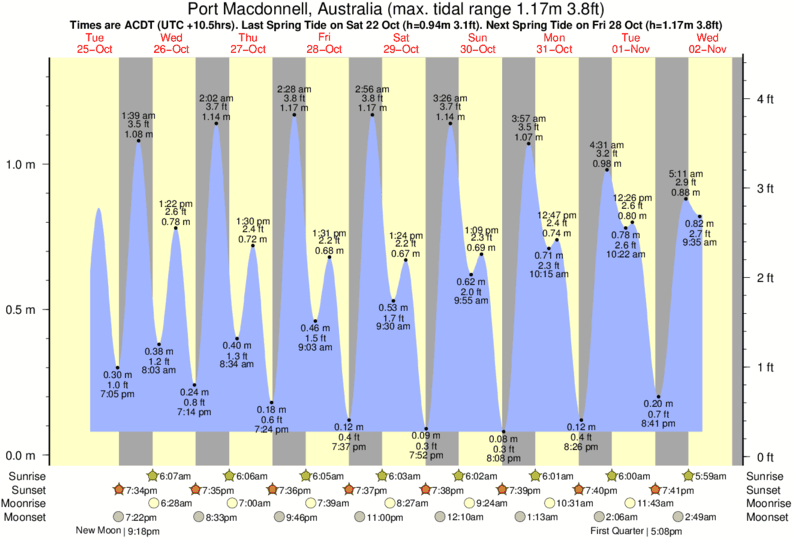

The data are collected by the Copernicus Sentinel-3 satellite of the European Organisation for the Exploitation of Meteorological Satellites (EUMETSAT). Scientists can use fluorescence and distinct wavelengths of light to detect signatures of algae and phytoplankton amid turbid, churning waters along the coast. The map below, based on data processed by the NOAA National Centers for Coastal Ocean Science, shows measurements of chlorophyll fluorescence on July 11, 2021. “The bloom this year is so troublesome because it is both inside Tampa Bay and around the Tampa Bay mouth.” “If a bloom is out on the continental shelf, it is more easily diluted,” said Chuanmin Hu, an optical oceanographer at the University of South Florida (USF). “It is summer, which is rare, and it is intense well into Tampa Bay, which is rare even during a ‘normal’ fall bloom.” “This Karenia brevis ‘red tide’ bloom is doubly unusual,” said Richard Stumpf, an oceanographer for the National Oceanic and Atmospheric Administration (NOAA). The scene from Tampa Bay north to Horseshoe Beach shows dynamic coastal waters, with plumes of dissolved organic matter (dark brown to black) running off from the land shallow seafloors and re-suspended sediment from the bottom (brighter greens and blues) and some hints of algae and phytoplankton (often diatoms) in green. The natural-color images above and below were acquired on July 14, 2021, by the Operational Land Imager (OLI) on Landsat 8. brevis can turn water brown, red, black, or green however, it is not always visible from space.
#Red tide graph skin
The algae produce neurotoxins that can kill fish and cause skin irritation and respiratory problems for humans, particularly those prone to asthma and other lung diseases. Karenia brevis is a microscopic algae that, like other phytoplankton, can multiply into massive blooms when there are enough nutrients in the water-often in the autumn along the Gulf Coast. The bloom is also unusual for how early it is occurring.

The algae occur naturally in the waters around Florida, but the bloom in 2021 has been particularly bad near Tampa Bay, causing large-scale fish kills in what some people refer to as a ‘ red tide’ event. coastal stations and some islands in the Pacific and Caribbean, for a time period of up to two years.For several months, communities along the west coast of Florida have observed substantial blooms of the harmful algae Karenia brevis. You can get tide predictions and tidal current predictions online for U.S. NOAA's annual tide and tidal current tables include predictions for more than 10,000 international locations. This allows each member country to produce annual predictions for locations around the world, in their native language, for use by mariners, shipping industry, and recreational users. Member nations of the International Hydrographic Organization make their annual tide and tidal current predictions publically available. NOAA's Center for Operational Oceanographic Products and Services produce these tide tables on an annual basis. NOAA tide predictions are used by both commercial and recreational mariners for safe navigation. Online predictions are more accurate and up-to-date than what is provided in the annual printed tables. The change from print to online tables allows us to modernize this long-standing product by bringing it into the digital age. NOAA eliminated paper publications of the annual Tide Tables and Tidal Current Tables in 2020. NOAA and its predecessor agencies have been generating tide predictions since the mid-1860s.Īll NOAA tide and tidal current predictions for locations around the nation are available in electronic form online.


 0 kommentar(er)
0 kommentar(er)
